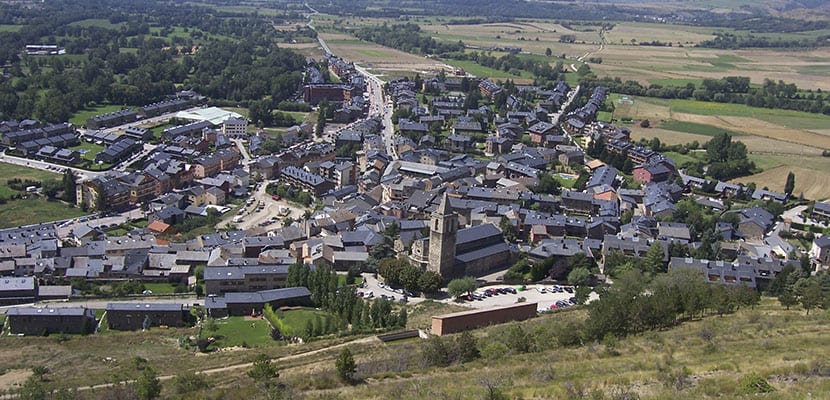
This population is very peculiar, since it is almost entirely surrounded by French territory in the Eastern Pyrenees, by some regions that were ceded in the Treaty of the Pyrenees. Its position makes it a peculiar place, which can be said to be found more in France than in Spain, although it still belongs to Spain.
In one day you can completely visit the Llívia town and discover everything it can offer us, from its Roman excavations to an interesting museum and natural areas where you can enjoy sports such as hiking.
History of Llívia
It was in the year 1659 when Spain ceded to France 33 towns that belonged to the Catalan regions that currently form the Eastern Pyrenees. They had been part of the Carolingian Empire and the Crown of Aragon and were yielded by the Treaty of the Pyrenees. The Llívia's borders were established later, in 1660. Llívia continued to belong to Spain because it was granted the title of town by Carlos V. Hence, it has such a peculiar location among territories that currently belong to France. In any case, they speak Spanish, Catalan and, to a lesser extent, French.
Llívia Castle
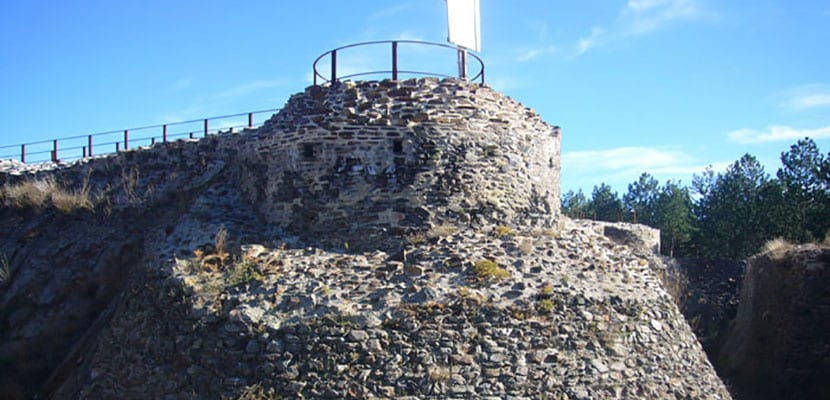
If we hope to see a castle this will not be possible, as it was destroyed in 1479. It is located in the upper area of Puig del Castell and what can be visited today are the ruins of the plant of what was formerly the castle of Llívia. You can also see part of the outer walls dating from the XNUMXth century. In this place you can walk along a wooden walkway that is perfect to avoid damaging the castle ruins and to be able to see that floor from above, imagining what the castle would be like and the life inside it. In addition, there are some information panels that you can read to learn more historical details about this castle. Another thing to do when visiting the castle is to enjoy the great panoramic views of the town from the top.
The old pharmacy
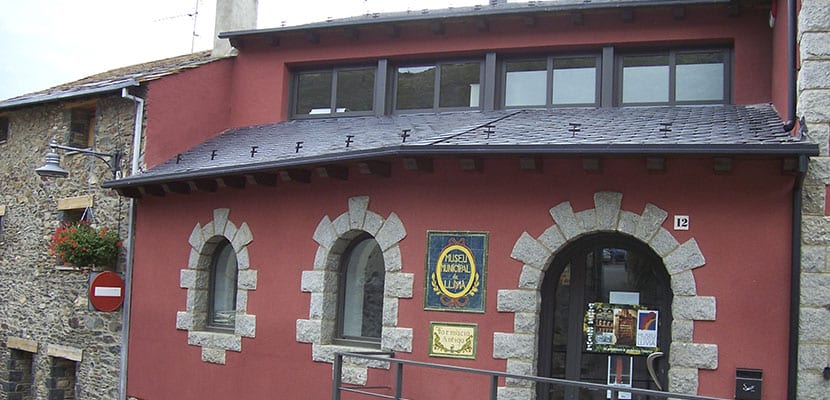
It may seem strange that a pharmacy is a place to visit in a locality, but this is apparently the oldest pharmacy in all of Europe. Is pharmacy is of medieval origin, from the XNUMXth century, so it can be very interesting to see it. At present it has become a museum where not only the history of the old pharmacy is collected with all kinds of utensils, but also the history and archeology museum of the area, to learn about the origins of Llívia and La Cerdanya.
Church of Our Lady of the Angels
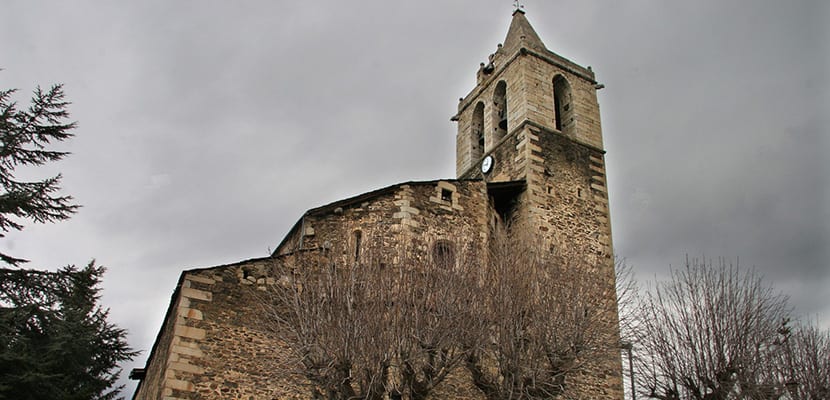
This church was built on top of an older one that existed and that had been built in the XNUMXth century. The one that exists today dates from the XNUMXth century. It was created in late Gothic style and stands out for having great acoustics, so that during the months of August to December the music festival of the population is held inside the church. Otherwise it is a place with a fairly simple style but that stands out in the central area of the town.
Bernat de So Tower
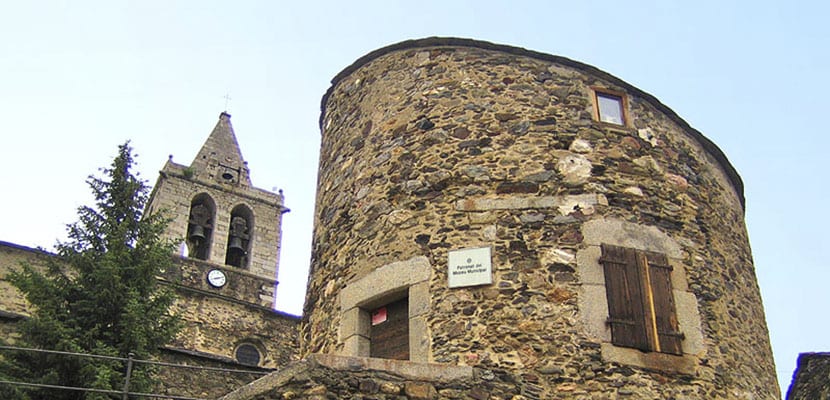
This military building was raised in the sixteenth century and it is located right next to the church. After the destruction of the castle it was erected as a defensive tower for the city. You can read on the door the inscription of 'Royal Prison', since this was one of its functions during its past. The pharmacy has also been in this tower and currently there is the Municipal Museum Board of Trustees.
Natural environment
This town is located in the eastern Pyrenees and is surrounded by natural environments in which all kinds of activities can be carried out. You can ask at the tourist office about the hiking itineraries that can be done near Llívia. The itinerary of the Fountains lasts an hour and a half and in it you can visit the source of sulfur or iron, with great medicinal benefits. The Santiago route leads to the nearby town of Puigcerdá and in the high mountains you can enjoy the lakes of the Bulloses in a longer itinerary of 16 kilometers.
During the winter season this area is close to places to practice skiing, such as the Masella and la Molina slopes. There are many people who come to visit the town when they enjoy their holidays on the ski slopes.
Forum of Iulia Líbica
This is an ancient Roman forum that has been discovered thanks to some excavations. You can see the structures of the buildings that They date from the XNUMXst century AD. C. and they have also found remains such as coins minted by Julius Caesar or Tiberius.